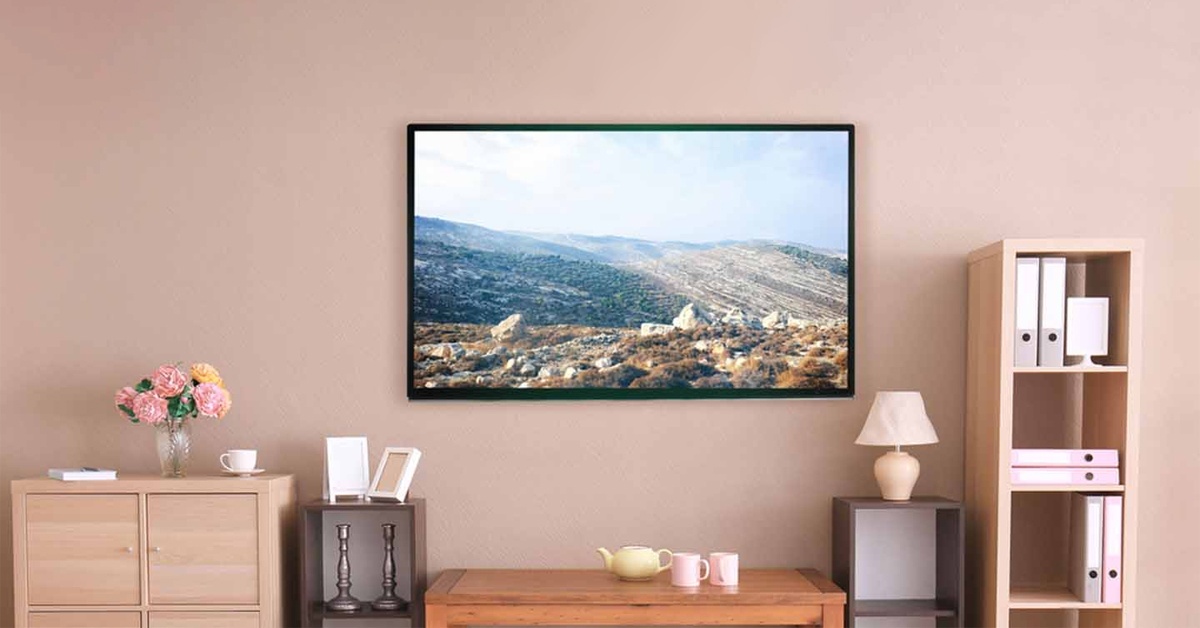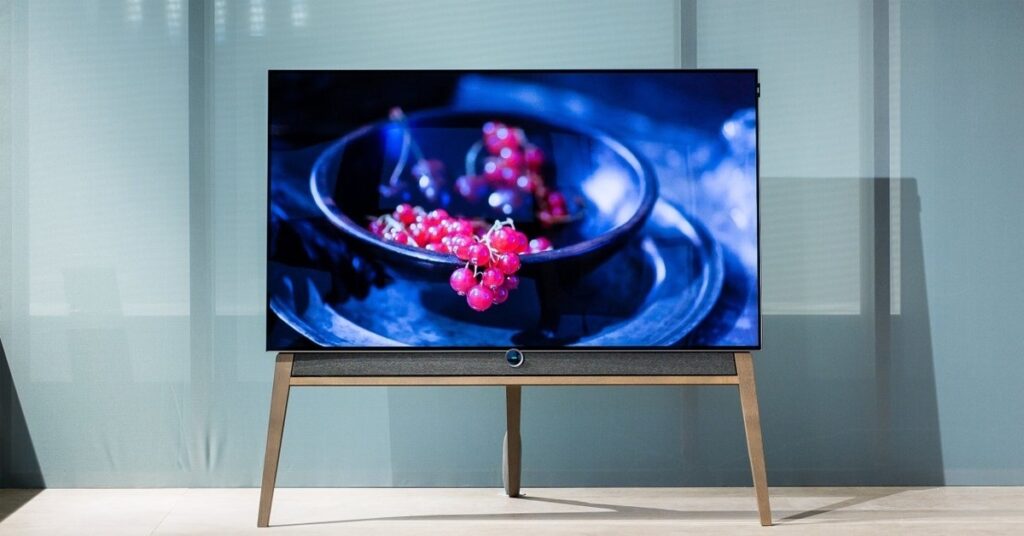Television, or TV, has been incorporated into our daily life. It is a well-liked resource for communication, education, entertainment, and information. It provides a wide range of programs that can accommodate various interests and tastes. Overall, having a TV in your home could be incredibly beneficial and keep you updated about the world around you. While purchasing a new TV might be thrilling, it can also be daunting. Finding the right option for your home might be difficult with so many options available. To help you select the ideal TV for your house, we will walk you through the key criteria to take into account when purchasing a TV in this guide.
Size
The term “TV size” describes the diagonal width of the screen, which is expressed in inches from corner to corner. Your choice of TV’s size will be influenced by several elements, such as the size of the room in which it will be placed, the viewing distance, and your personal tastes.
It’s crucial to take the size of the room and the viewing distance into account when choosing the size of your TV. As a general guideline, the TV screen should be situated around one-third of the viewing distance away from the seating area. For instance, if you are looking from eight feet away, a 40-43 inch TV might be suitable. A 55-65 inch TV would be better suited if you have a larger room and a viewing distance of 10–12 feet.
Resolution
The amount of pixels that make up the screen image is referred to as TV resolution, and it is a crucial feature to take into account when purchasing a new TV. More pixels, which are associated with better resolution, can lead to sharper, more detailed images. The most popular TV resolutions are Full HD (1080p), Ultra HD (4K), and 8K) (Super Hi-Vision).
A 1080p resolution is typically adequate for smaller Screens. To retain image quality and clarity, a higher resolution, like 4K or 8K, might be required for larger Screens.
HDR
A technology known as High Dynamic Range (HDR) improves the visual clarity of images seen on television screens. This is accomplished by enhancing the image’s range of brightness, contrast, and color, which produces a more vibrant, lifelike, and realistic visual quality. Moreover, HDR enhances the contrast of the image by enhancing the contrast between the light and dark portions of the image. As a result, the image becomes more lifelike, dramatic, and full of depth and detail.
The industry offers a variety of HDR standards, including HDR10, Dolby Vision, and HLG. The majority of TVs and content providers support HDR10, the most popular HDR standard. A suitable TV and video source are required for the more advanced HDR standard, Dolby Vision, which offers even greater image quality. A more recent HDR standard called HLG (Hybrid Log Gamma) is intended for live broadcast content.
Smart TV
A smart TV is a television that has an internet connection, integrated software, and applications, allowing you to access streaming services and online material right from your TV. Since more people want to access their favorite shows, movies, and other content without using extra devices like a streaming stick or game console, smart TVs have grown in popularity.
Not all Smart TVs are made equal, and some can have better software and more sophisticated features than others. While choosing a Smart TV, it’s crucial to take into account the user interface and convenience of use as certain models may be more user-friendly than others.
Audio
When selecting a TV, audio is an important consideration. Choose a TV with a sound bar or an integrated sound system for the finest audio quality. As many TVs have weak built-in speakers, a sound bar or other external sound system is a wise purchase.
Connectivity
When selecting a TV, connectivity is a crucial factor. Make sure the TV has enough HDMI ports for you to connect everything, including a Blu-ray player, game console, and cable box. Also, be sure the TV has an audio output port if you intend to use a separate sound system or a sound bar.
Brand
Another key factor is the TV’s brand. Some brands have a reputation for making high-quality Televisions, while others might have one for making TVs of lesser quality. To ascertain which brands are the greatest, it is crucial to conduct research and read reviews.
Price
The price of the TV is an important consideration. While you don’t want to go over budget, you also don’t want to pick a TV that is too inexpensive or has a limited feature set. Establish your spending limit before searching for a TV with the characteristics you require at a cost you can bear.
Conclusion
It is advisable to visit a showroom and view the TVs up close while shopping for a TV. You’ll be able to get a better impression of the picture quality, TV size, and features by doing this. To be sure you are obtaining the finest TV for your money, it is also a good idea to read reviews and compare the features of various models.
















